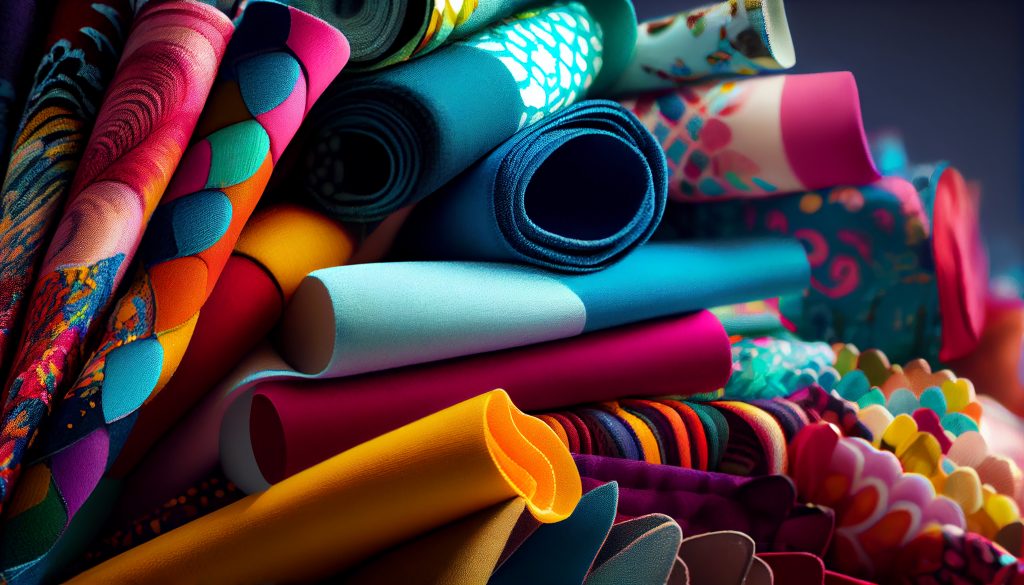Introduction
India’s textiles sector is one of the oldest industries in the Indian economy, dating back to several centuries. The growth of textile industry is extremely varied, with hand-spun and hand-woven textiles sectors at one end of the spectrum, with the capital-intensive sophisticated mills sector at the other end. The fundamental strength of the textile industry in India is its strong production base of a wide range of fibre/yarns from natural fibres like cotton, jute, silk and wool, to synthetic/man-made fibres like polyester, viscose, nylon and acrylic.
India is the 5th largest producer of technical textiles in the whole world with a market size of nearly $22 Bn, which we hope to build up to $300 Bn when we turn 100 by 2047.
Textile Industry – Strength of India
The textiles and apparel industry in India has strengths across the entire value chain from fiber, yarn, fabric to apparel. The Indian textile and apparel industry is highly diversified with a wide range of segments ranging from products of traditional handloom, handicrafts, wool, and silk products to the organized textile industry in India.
Cotton plays a major role in sustaining the livelihood of an estimated 6 Mn cotton farmers and 40-50 Mn people engaged in related activity such as cotton processing & trade
India’s textile and apparel exports (including handicrafts) stood at US$ 44.4 billion in FY22, a 41% increase YoY.
India produced 90 Lakh bales of raw jute in FY 2021-22.
The market size of the industry is projected to grow at a 10% CAGR to reach $350 Bn by 2030.
Major Textiles hubs in India:
-NCR
-Gujarat
-Maharashtra
-Uttar Pradesh
-West Bengal
-Tamil Nadu
-Madhya Pradesh
-Rajasthan
Sustainability – The core of Textile Sector
The winds of change in the Indian textile industry are steering toward sustainability, marking a pivotal moment in its trajectory. Embracing eco-conscious practices, manufacturers are increasingly adopting sustainable production processes that minimize environmental impact. This shift encompasses a range of initiatives, from reducing water and energy consumption to optimizing waste management throughout the manufacturing lifecycle.
A notable aspect of this transformation is the growing promotion of organic textiles. With a commitment to eschew harmful chemicals and pesticides, organic farming practices ensure the cultivation of natural fibers without compromising soil health. Cotton, a cornerstone of India’s textile landscape, sees a surge in organic cultivation, fostering a healthier ecosystem and offering consumers textiles free from synthetic additives.
Conclusion: The textile industry of India is a living canvas, weaving together tradition, modernity, and sustainability. As we navigate through the warp and weft of this vibrant sector, we witness not only the intricate craftsmanship of its artisans but also the resilience and adaptability that define its journey. The story of India’s textile industry is one of continuous evolution, where the threads of the past seamlessly connect with the patterns of the future, creating a tapestry that is both timeless and ever-changing.


